Author: Marshall Schott
A fairly common profession among 18th century working-class Londoners involved carrying items, such as luggage, to and from various locations. A person of such employment was referred to as a porter, which as legend has it, is where one of the most popular styles of dark ale got its name– busy porters purportedly came to appreciate the characteristics found in relatively new style that came to be known as English Porter.
There currently exists different types of Porter from various regions, but this tasty ale has its roots in England where it’s said to have originally been of fairly high potency. It’s from this that the term “stout” became associated with beer, as it was used to denote a Porter’s strength. Due to taxation, Porter brewers began using less malt, which drove the alcohol content down, while Stout became a style in itself. The BJCP provides the following description of English Porter:
A moderate-strength brown beer with a restrained roasty character and bitterness. May have a range of roasted flavors, generally without burnt qualities, and often has a chocolate-caramel-malty profile.
The large majority of Porter I’ve consumed has been of the American variety, in large part because beers like Deschutes Black Butte Porter and Sierra Nevada Porter are more readily available in my neck of the woods. Having recently spent some time in Ireland and the UK, I had ample access to more traditional English versions of this style, which ignited my interest in brewing one up for myself.
| BREWING THE BEER |
After reviewing a few English Porter recipes online, I threw something together using what I happened to have on hand.
Short & Shoddy English Porter
Recipe Details
| Batch Size | Boil Time | IBU | SRM | Est. OG | Est. FG | ABV |
|---|---|---|---|---|---|---|
| 5.2 gal | 20 min | 24.1 IBUs | 24.2 SRM | 1.047 | 1.013 | 4.6 % |
| Actuals | 1.047 | 1.011 | 4.7 % | |||
Fermentables
| Name | Amount | % |
|---|---|---|
| Maris Otter (Crisp) | 9.5 lbs | 90.48 |
| Crystal, Medium (Simpsons) | 8 oz | 4.76 |
| Roasted Barley (Thomas Fawcett) | 6 oz | 3.57 |
| Pale Chocolate Malt | 2 oz | 1.19 |
Hops
| Name | Amount | Time | Use | Form | Alpha % |
|---|---|---|---|---|---|
| Magnum | 17 g | 20 min | Boil | Pellet | 12.9 |
| Fuggles | 30 g | 10 min | Boil | Pellet | 4.9 |
Yeast
| Name | Lab | Attenuation | Temperature |
|---|---|---|---|
| House (A01) | Imperial Yeast | 74% | 62°F - 70°F |
Notes
| Water Profile: unadjusted filtered Fresno tap water |
Download
| Download this recipe's BeerXML file |
I started my brew day at 11:06 AM by collecting the full volume of filtered water in my kettle, skipping any form of adjustment to the profile.
With the water heating up, I weighed out and milled the grain directly into the BIAB fabric filter.
Once the water was properly heated, I stirred in the grains then checked to make sure it hit my target mash temperature.
The mash was left alone for 30 minutes, during which it was stirred every time I walked by, maybe 4 times. During the wait, I measured out the kettle hop additions.
Once the mash was complete, I removed the grains then brought the wort to a boil, adding hops as stated in the recipe.
Following the short 25 minute boil, I chilled the wort… and left it alone for about 15 minutes to deal with kid issues.
A refractometer reading showed the wort was at my target OG.
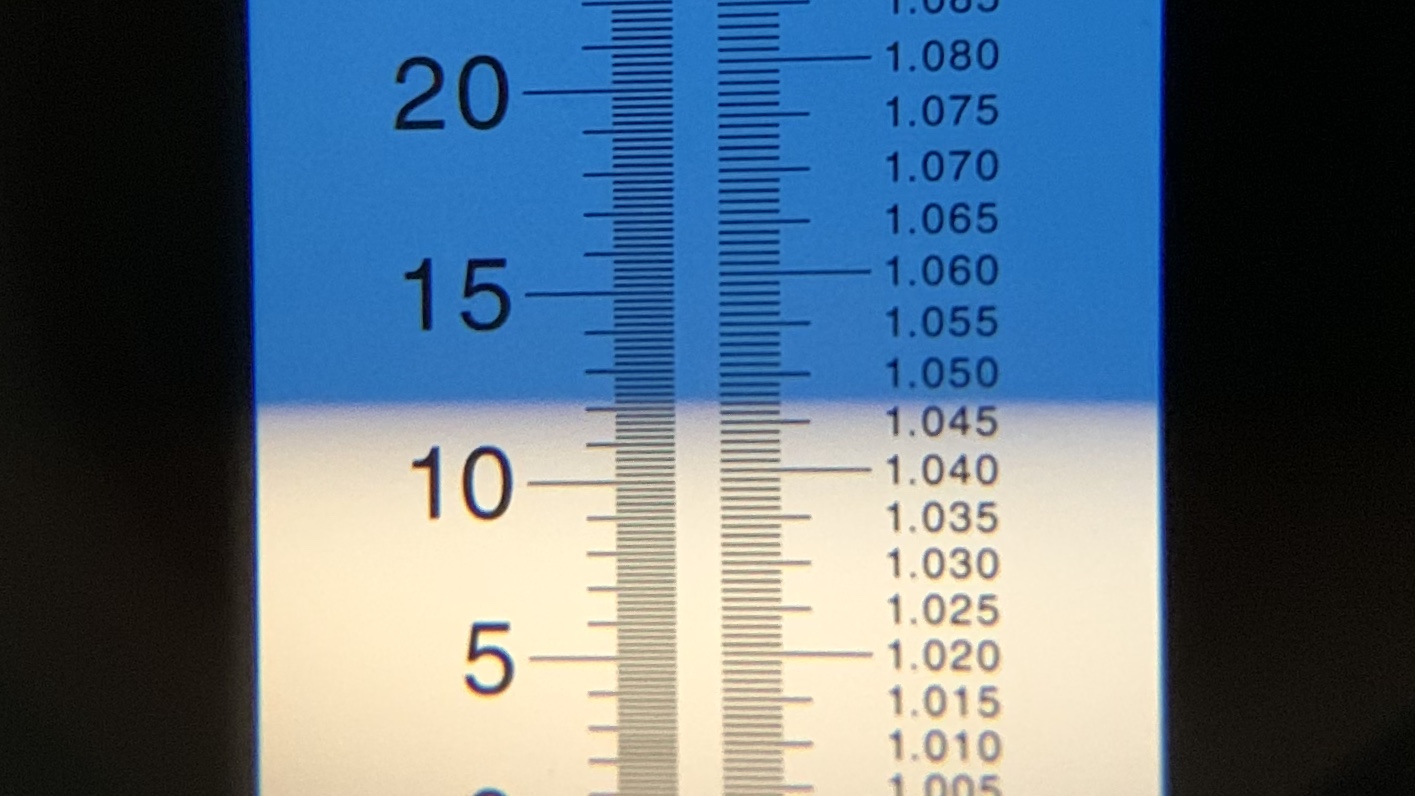
Approximately 5.25 gallons/20 liters of wort was racked on top of an Imperial Yeast A01 House cake in the same fermentation vessel previously used to ferment a Short & Shoddy American Amber.
The filled fermenter was placed in my chamber controlled to 66°F/19°C and hooked up my CO2 capture device. It was 1:06 PM, exactly 2 hours from the time I started.
Fermentation kicked off within a couple hours and barreled on with vigor. I raised the temperature to 73°F/23°C 3 days into fermentation then let it sit another few days before taking a hydrometer measurement indicating FG was reached.
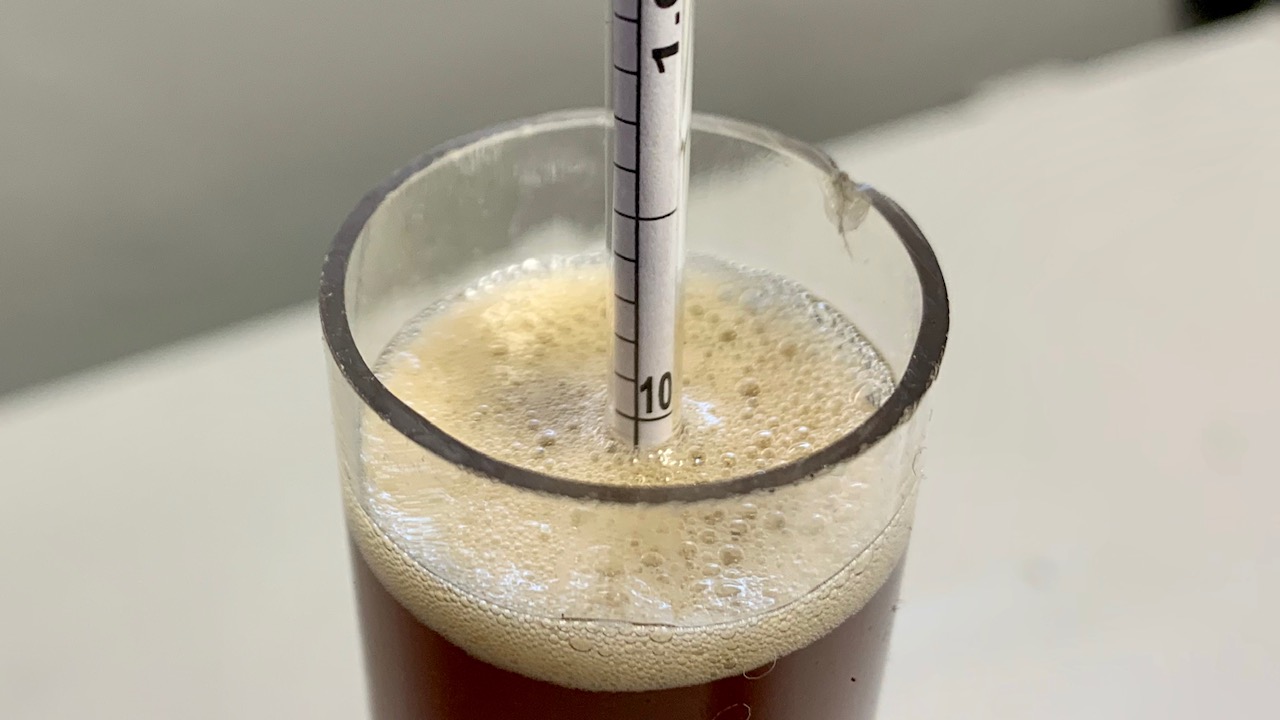
I reduced the chamber temperature to 33°F/1°C and allowed the beer to cold crash overnight before returning to add gelatin fining. The following day, I pressure transferred the beer to a naturally purged keg.
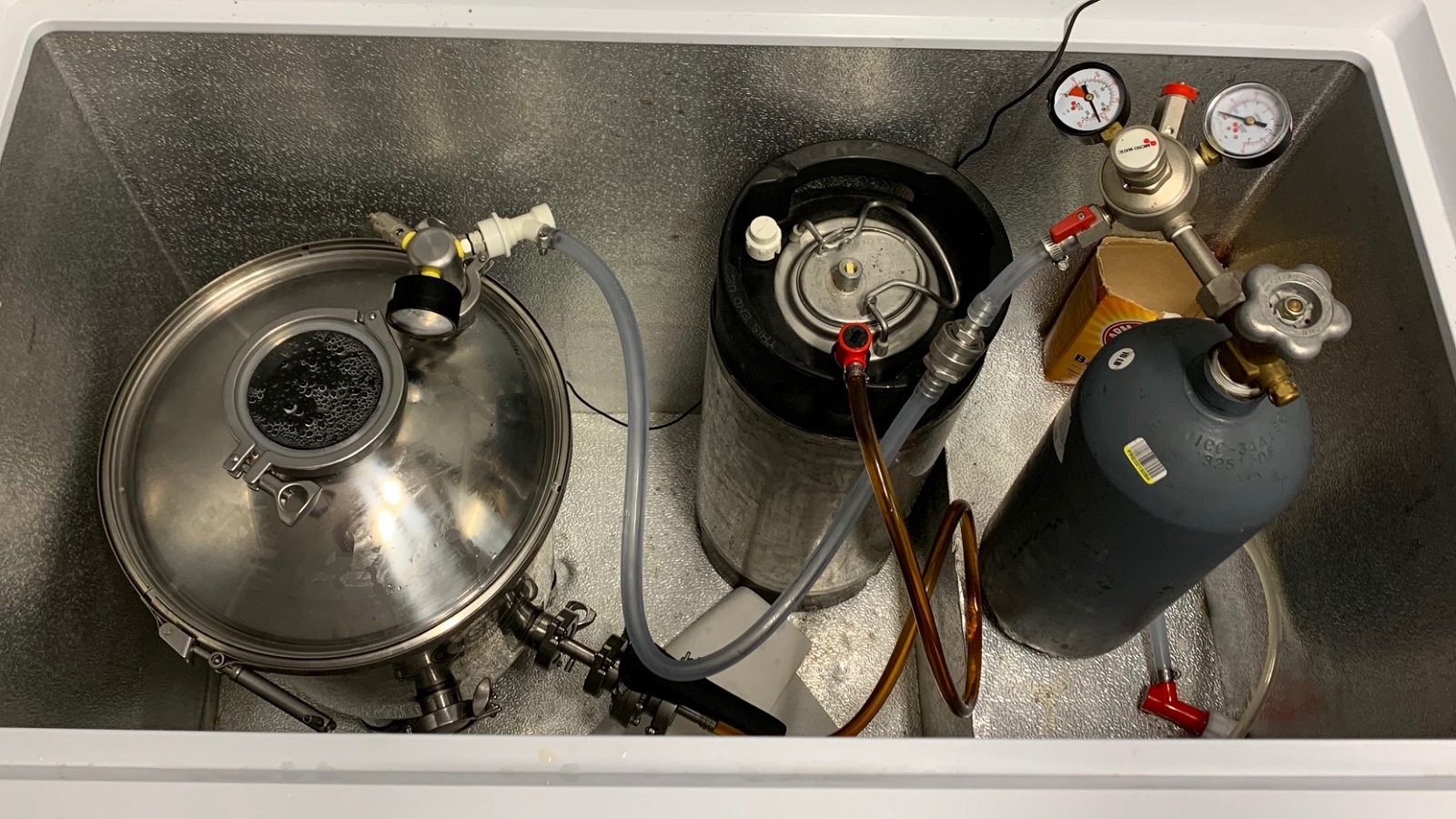
The filled keg was placed in my cool keezer where it was burst carbonated then left to condition for a few days before I began serving it to tasters.
| RESULTS |
A total of 16 people of various levels of experience participated in this Short & Shoddy evaluation. Participants were informed of the specific beer style and provided the BJCP description prior to completing the survey. Tasters were then instructed to rate how hoppy, malty, and dry they perceived the beer to be on a 0-5 scale where a rating of 0 indicated “not at all” and 5 indicated “extremely.”
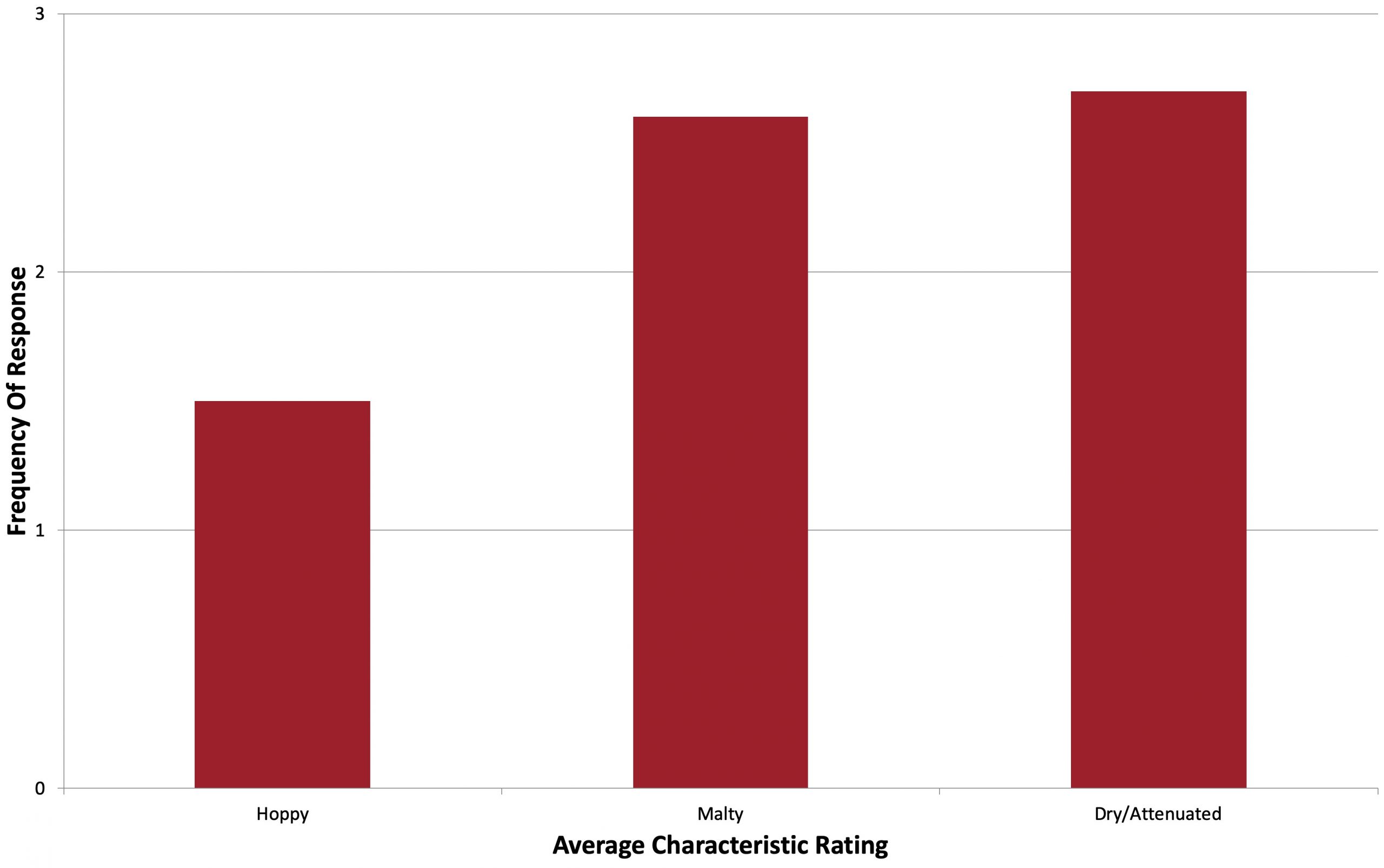
Tasters were provided a list of common hop, malt, and yeast characteristics then instructed to select from each the one they perceived as being most prominent in the beer.
Hop Characteristics
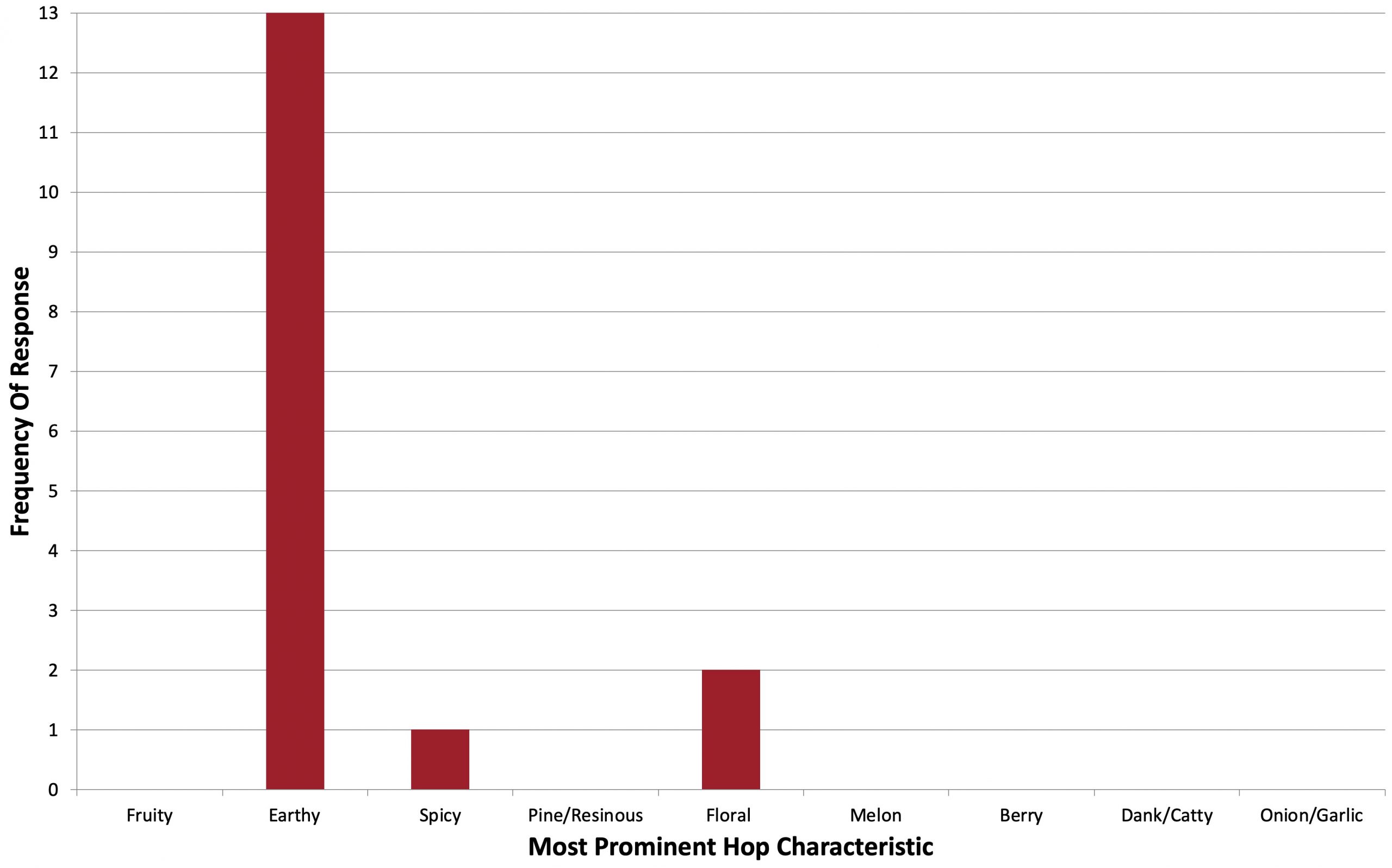
Malt Characteristics
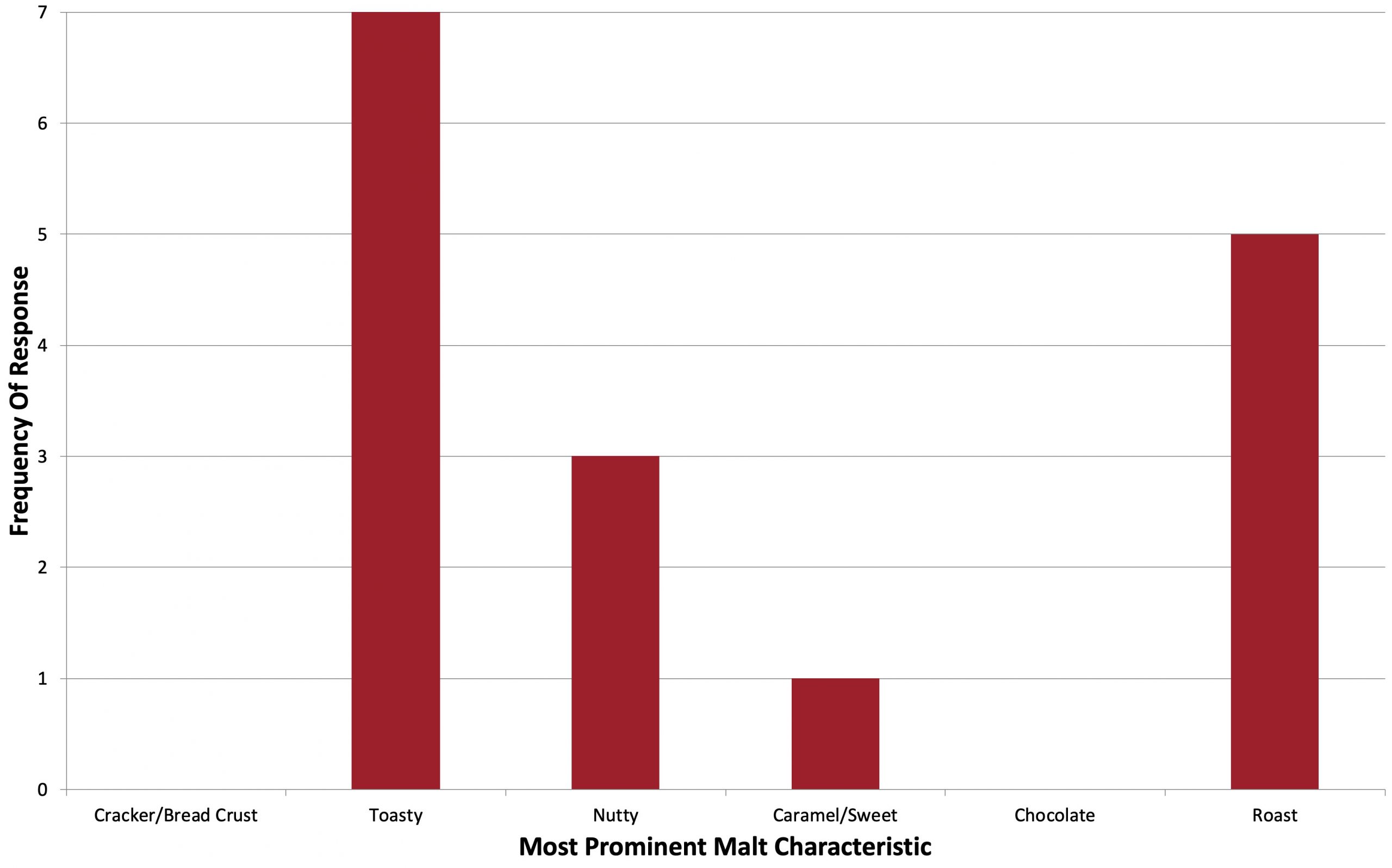
Yeast Characteristics
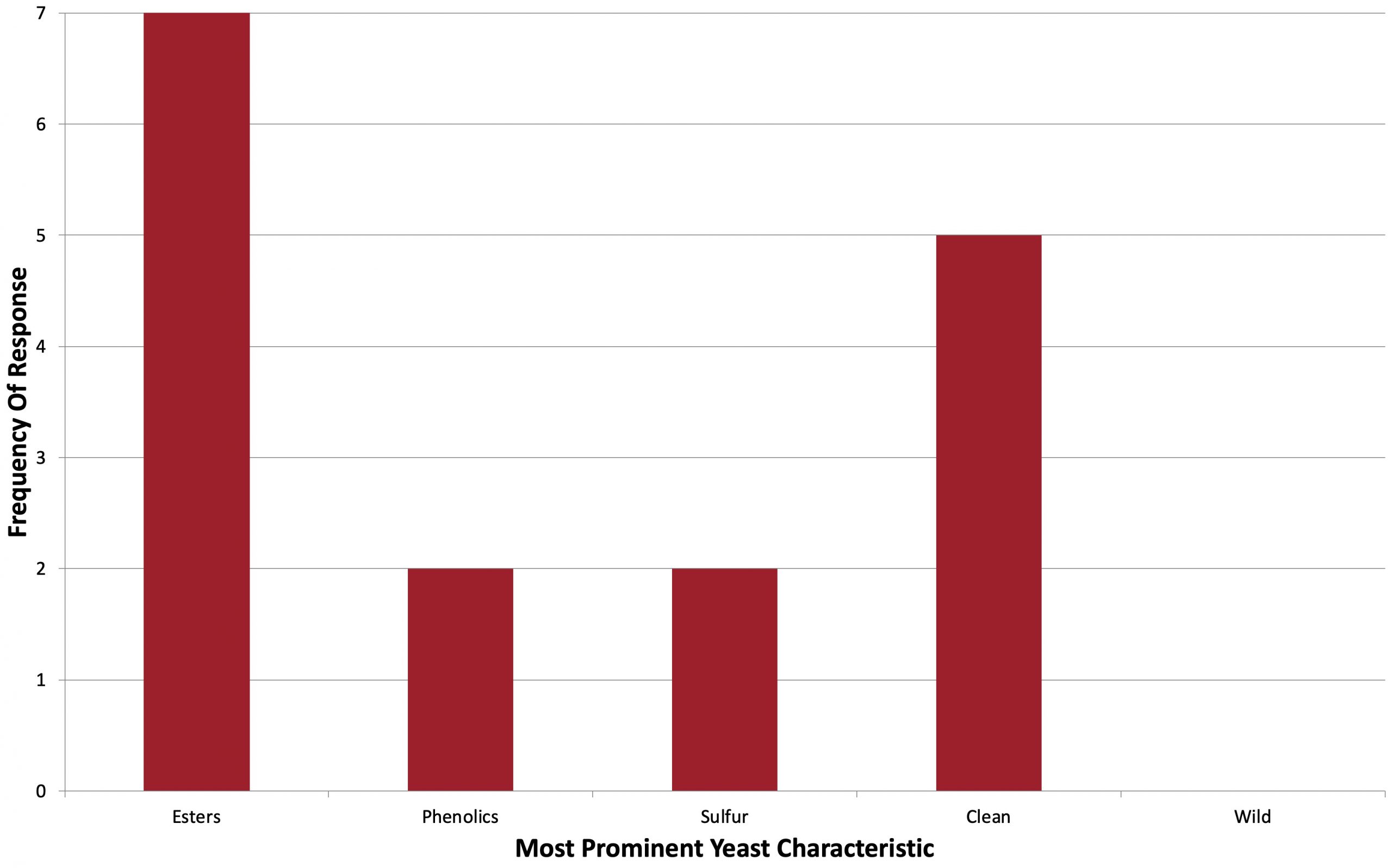
Next, participants were asked to indicate whether or not they detected any off-flavors in the beer; those who did were provided a list of common off-flavors and instructed to select the one they perceived as being strongest. Only two tasters reported perceiving an off-flavor, one noting metallic and the other a yeasty character.
Tasters were then asked to rate how well the beer represented the intended style, based on the provided BJCP description, on a 0-5 scale where 0 meant “not at all” and 5 meant “exactly.”
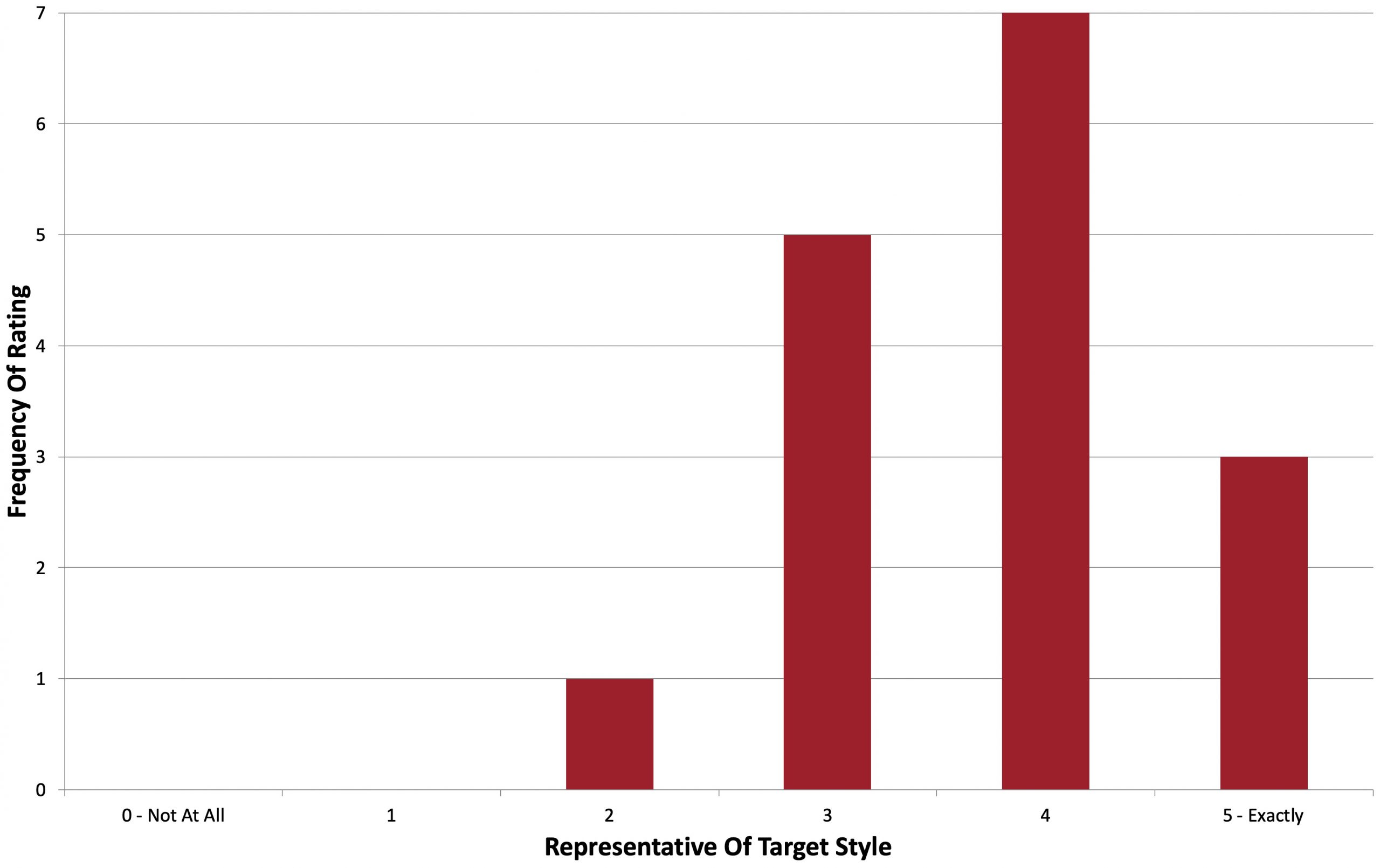
Finally, tasters were asked to rate how much they enjoyed the beer on a 0-5 scale where 0 indicated they hated it and 5 indicated they loved it.
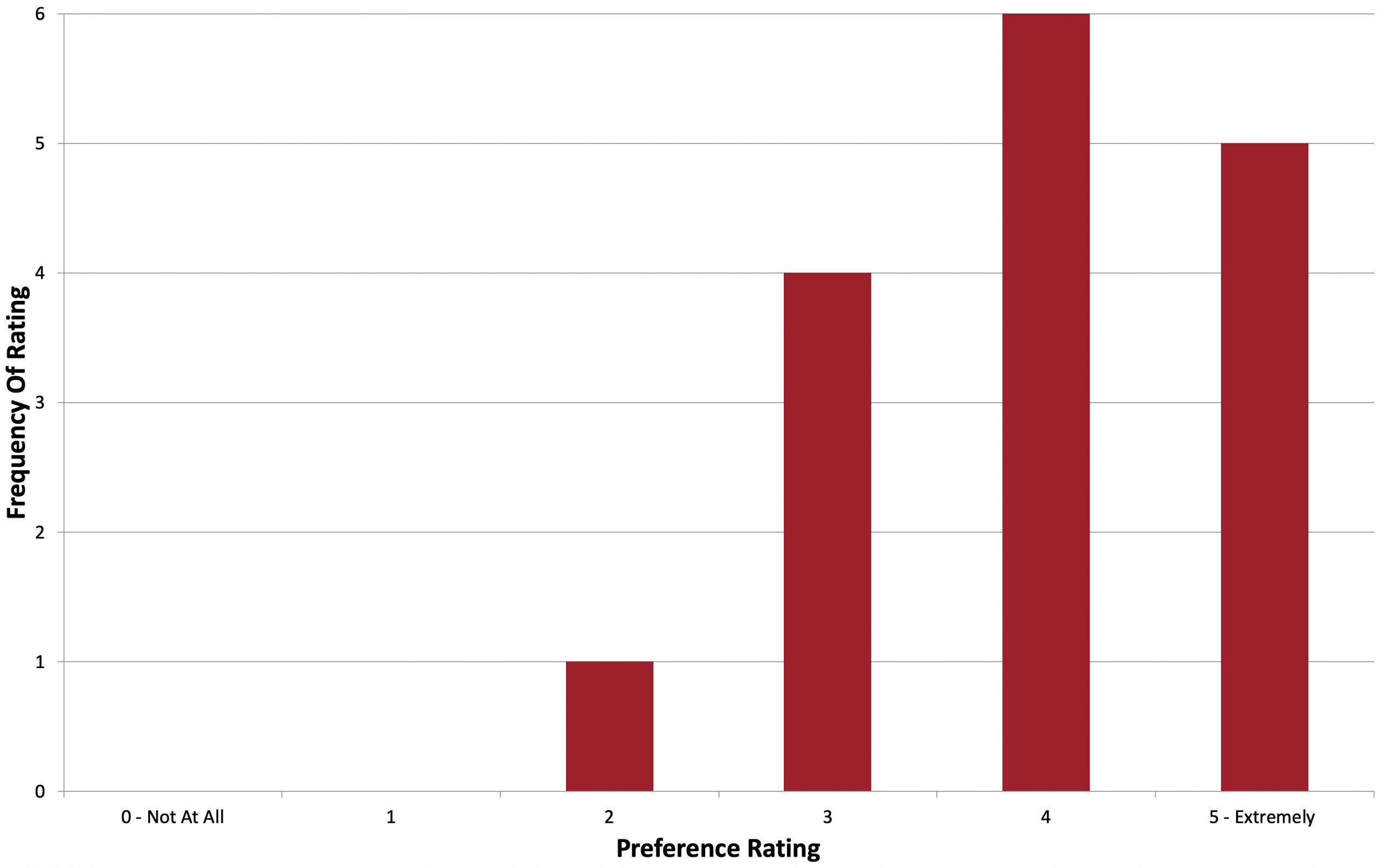
My Impressions: With so little experience drinking true English Porter, I admittedly don’t know exactly what to expect, but this Short & Shoddy version was definitely reminiscent of some of the draft versions I had on my recent travels to the region. The roast was present but not overpowering, balanced by a pleasant blend of toasty and nutty flavors as well as what I perceived as a subtle ester character. While the beer possessed a perceptible sweet character, it was also notably dry, which made for some very easy drinking.
| CONCLUSION |
The paucity of traditional styles on beer store shelves is one of the many reasons homebrewing is so great, as it affords one the ability to, at the very least, attempt to make one for themselves. Such was the case for me when it came to English Porter, commercial examples of which I’d tried only a handful, most recently on a recent trip to Ireland and the UK. So tasty were the samples I’ve had that the style quickly moved to the top of my to-brew list.
English Porter being a fairly basic ale, brewing one isn’t necessarily viewed as being terribly difficult. Still, in the interest of cutting corners, I took quite a few liberties when making my own, none of which seemed to have the expected negative impact. In fact, of the 16 people who evaluated this beer, only two noted perceiving off-flavors, and neither were those typically associated with Short & Shoddy brewing methods. On the contrary, a majority of tasters not only felt my English Porter was a good representation of style, but the ended up enjoying quite a bit as well.
Of the handful of English Porter pints I’ve consumed in my day, all were unique but shared certain qualities– subtle roast character balanced by a touch of non-sticky sweetness, hints of earthy hop character, and a dryness that contributes drinkability. On these points, I view my Short & Shoddy batch as a success, it was an absolute delight to drink. In the future, I’d like to play around with adding a portion of Brown Malt or a sprinkle of Pale Chocolate to amp up the nutty character, then swapping the A01 House yeast for something like A09 Pub, which I’ve found tends to impart a fuller ester profile.
If you have thoughts about this Short & Shoddy brew, please feel free to share it in the comments section below!
Support Brülosophy In Style!
All designs are available in various colors and sizes on Amazon!
Follow Brülosophy on:
FACEBOOK | TWITTER | INSTAGRAM
If you enjoy this stuff and feel compelled to support Brulosophy.com, please check out the Support page for details on how you can very easily do so. Thanks!

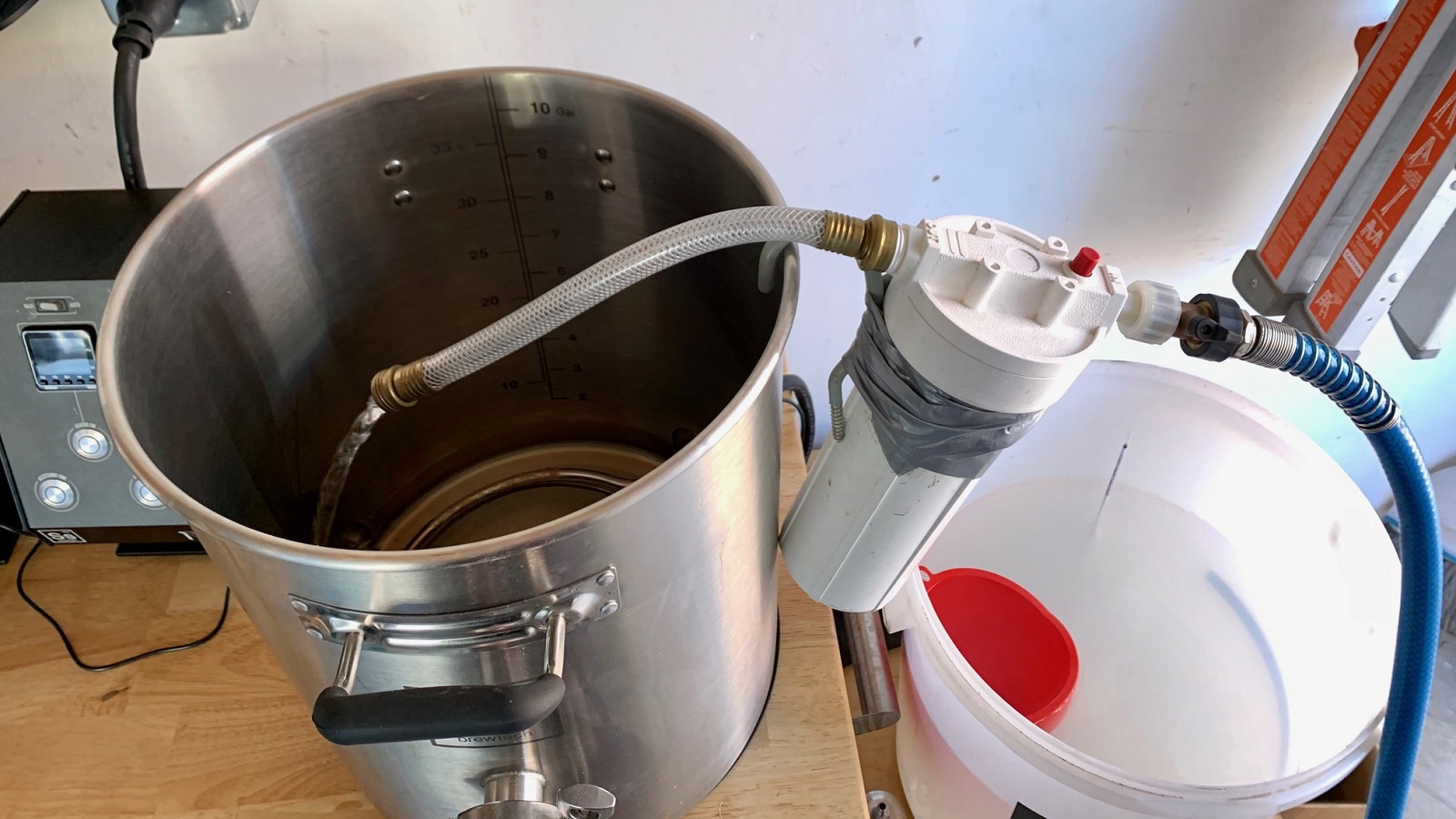
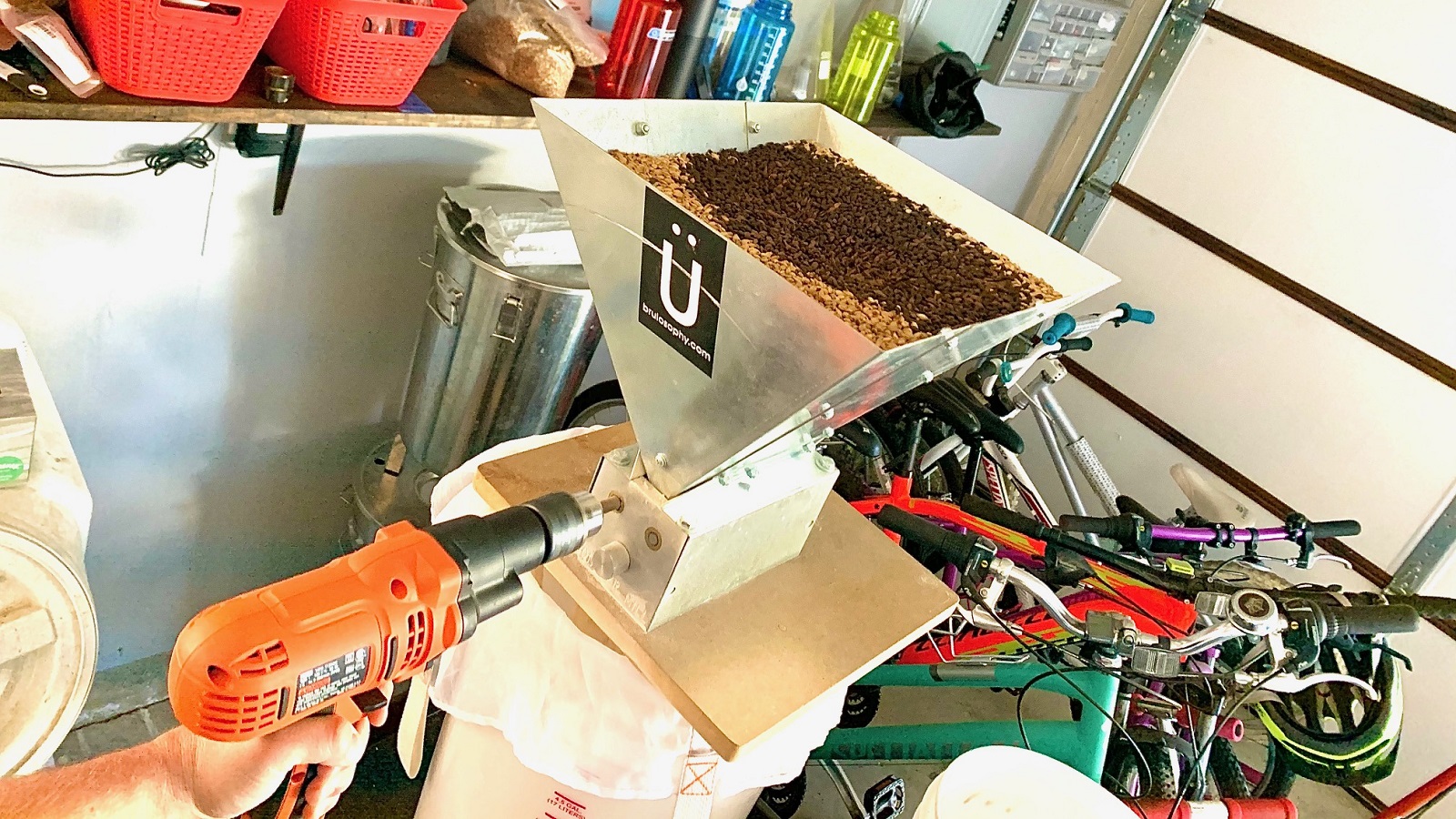
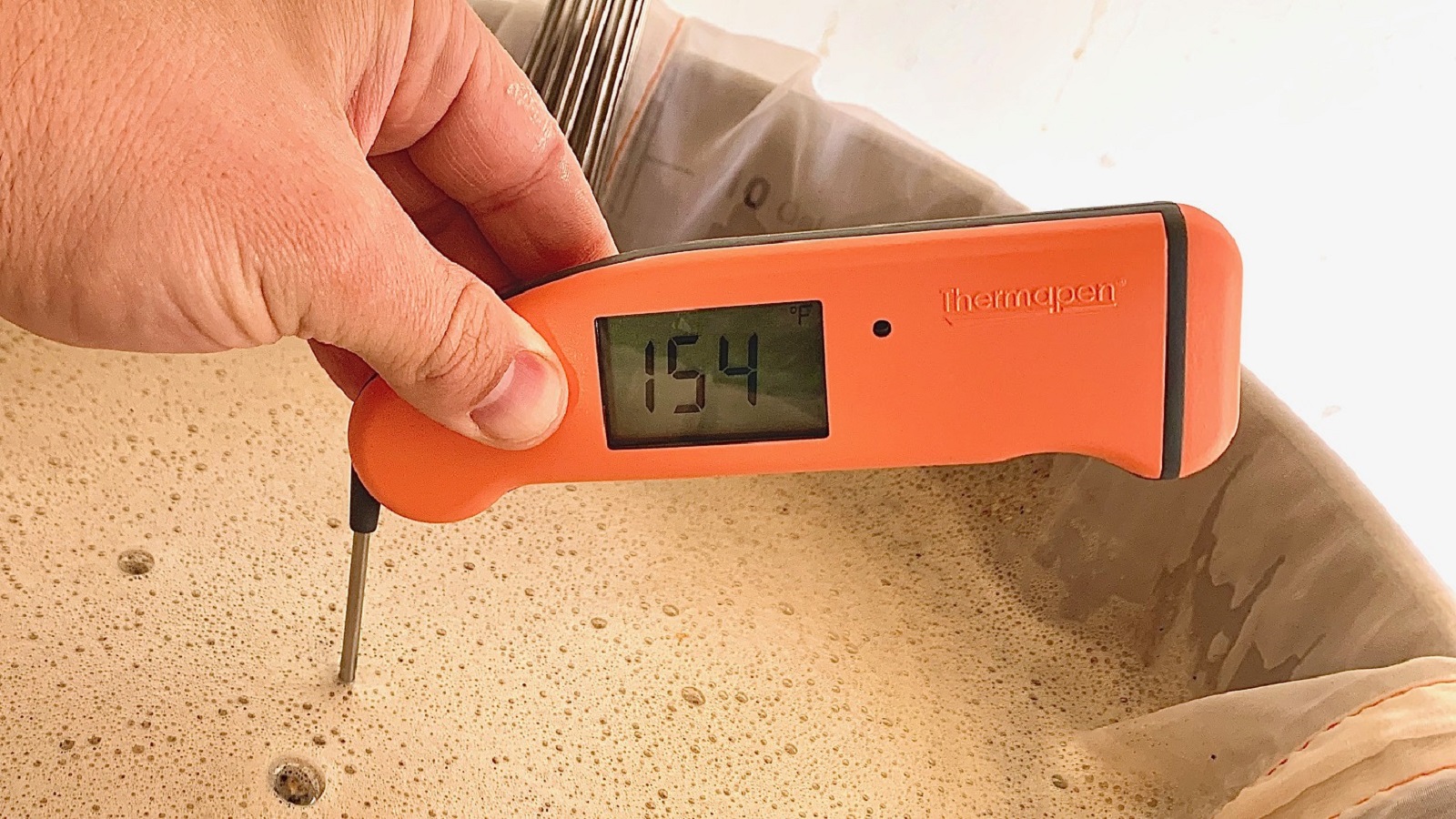
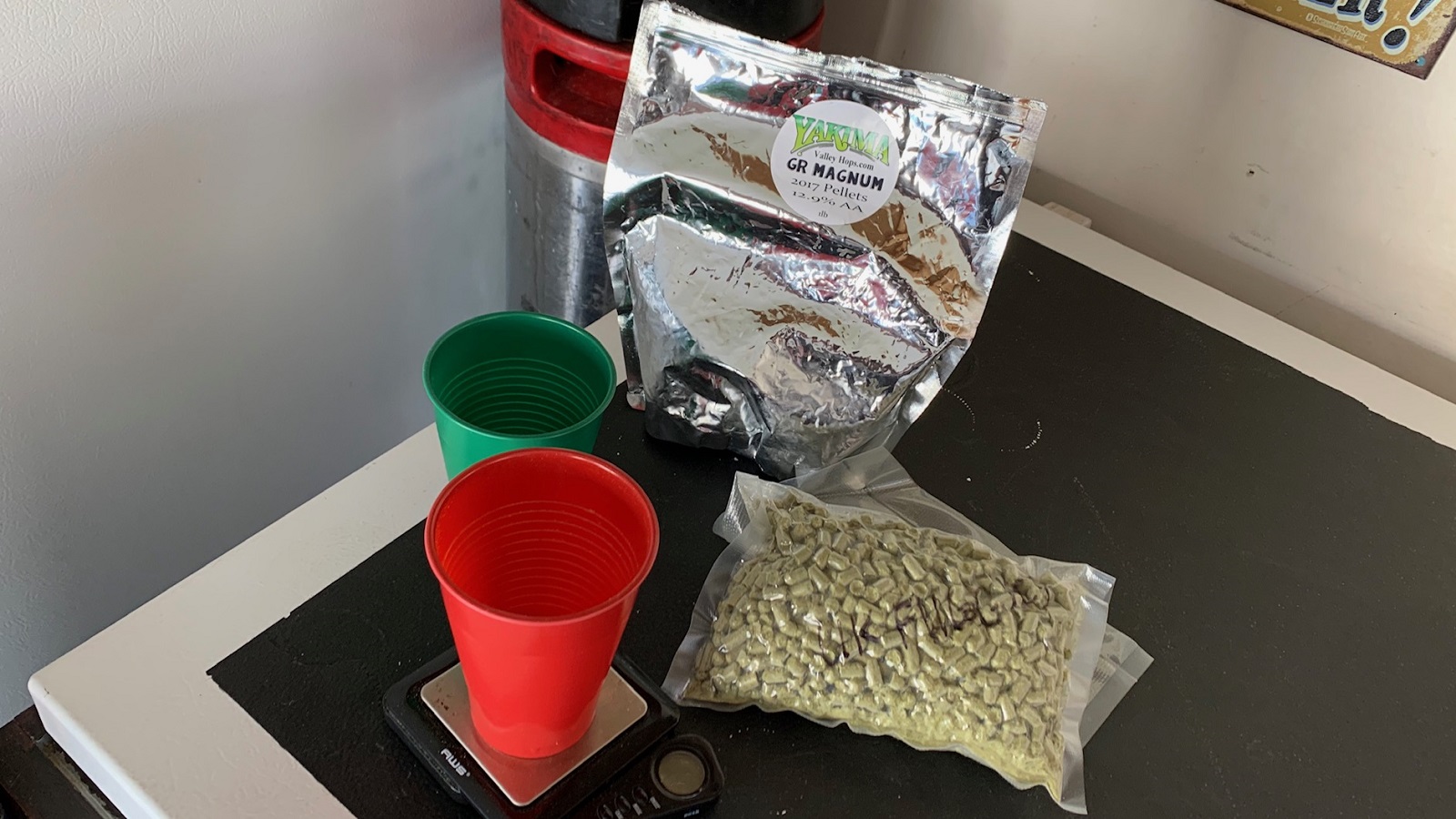
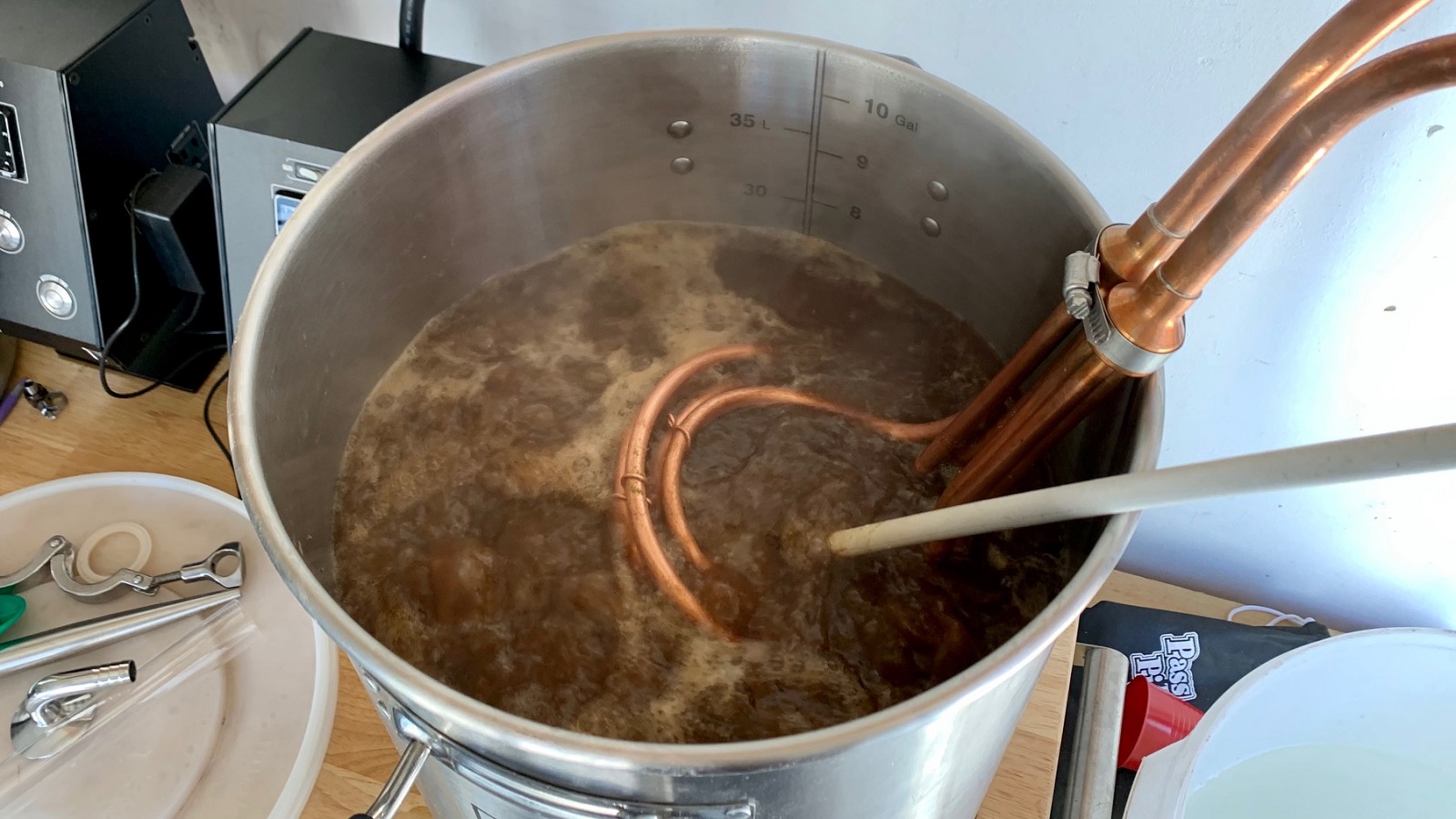
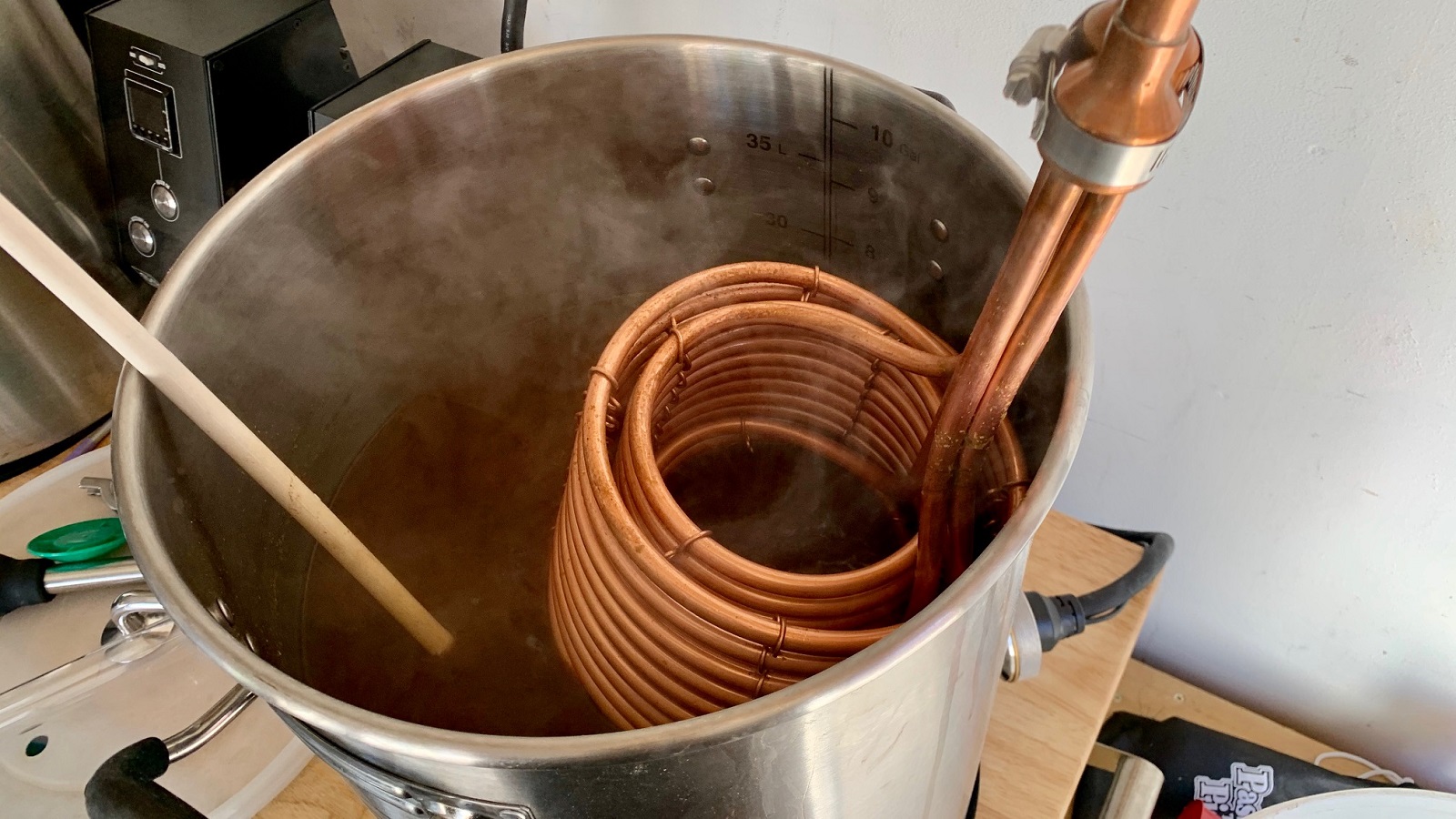


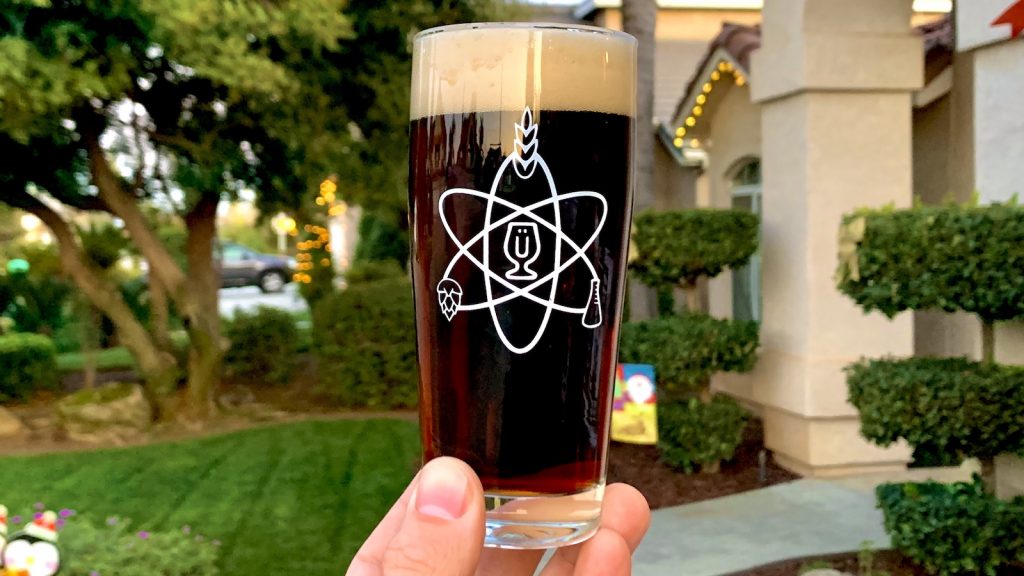










6 thoughts on “Short & Shoddy | English Porter”
Brown malt is pretty much essential for London porters – the Fuller’s version is 14% crystal, 10% brown, 1.5% chocolate (and no roast. Repeat, no roast!) :
https://twitter.com/Darkstar_Henry/status/1171423305724645377
The whole point was that porter and stout porter represented different strength brews from the same partigyle, originally. But the influence of Guinness means that UK stouts are now weaker than porters.
Yeah I thought these days the defining difference between a porter and a stout was the presence of unmalted roasted barley
Since stout and porter were partigyled they shared the same grist. The whole roasted barley difference is a modern invention and has no historical basis.
What was the PH? I’ve been adding alkalinity to my darker beers with great success recently
My base water is very soft so if I go untreated the mash is way too acidic
Marshall, off topic question about your co2 capture device setup, any reason you couldn’t daisy chain another keg (space in the keezer permitting) and purge 2 kegs over the course of fermentation instead of just 1? I’m having a hard time picturing this in my head.
For higher OG styles, I’m sure this could work, though I haven’t tried it. There have been a couple times with lower OG (< 1.045) where I've had to finish pushing some sanitizer out of the primary keg with exogenous CO2.